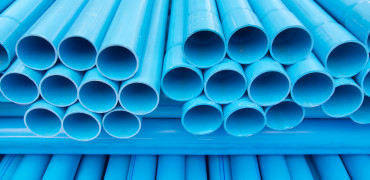This is something that is going to start affecting everyone involved with air conditioning, whether they are a corporate end-user managing a network of buildings, a consultant specifying the equipment, or the engineer installing it.
The fact is we are now facing some truly major challenges on refrigerants in particular and energy use in general – and these are challenges that are simply not going to go away anytime soon.
Added to these changes, by April 2018, landlords will be legally barred from letting commercial buildings with an Energy Performance Certificate rating lower than E, under the Minimum Energy Efficiency Standards (MEES).
Legislation in all its forms and guises (both EU and UK government led) is here and it’s real.
British Standard EN378 is going to start impacting on the type of systems that can be installed in places such as hotels and accommodation, without the addition of refrigerant leak detection.
However, rather than running scared of the impact of legislation, I believe that by fully embracing positive, forward-thinking, businesses can not only be ready for it, but actually lead it.
Energy performance will still be key
Modern Variable Refrigerant Flow (VRF) air conditioning is already proven to be highly energy efficient and a well-designed and fully optimised system can help improve both the comfort levels and energy labelling of a building.
This is still the case and will remain so for most of the next decade at least.
However, the changes in leak detection requirements, coupled with the limits on existing refrigerants are also calling for a new approach which is why we have developed the Hybrid VRF system.
